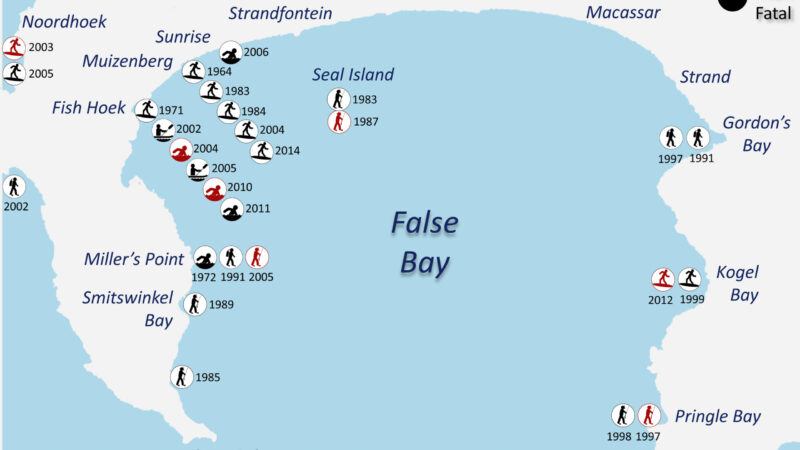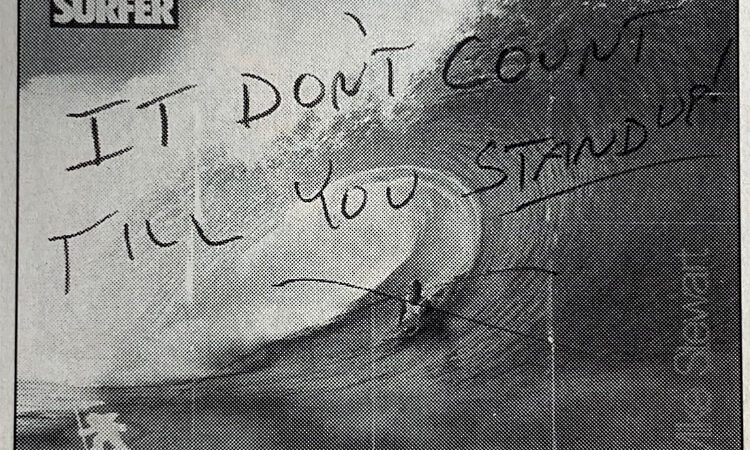It’s never too late to start bodyboarding. Whether you’re 7 or 70, go for it. Learn how to become a bodyboarder in less than 24 hours.
Bodyboarding might be considered the earliest form of surfing. We might never know. And for many people, bodyboarding is harder than surfing. The truth is that bodyboarders can ride all types of waves.
So if you’re already an accomplished bodyboarder, you can always teach someone how to catch waves in a prone position. It’s fun, safe, and it will improve anyone’s physical condition.
On the other hand, if you’ve never ridden a wave with a board under your chest, then let’s take a quick look at the basic equipment you’ll need to begin bodyboarding. A complete beginner’s kit can be bought for under $200. It includes:
1. A bodyboard;
2. A leash;
3. A pair of bodyboarding fins;
4. A wetsuit or a rash guard;
5. Wax;
Before we paddle out, we must ask you: are you a good swimmer? If not, take some swimming lessons first. If you do know how to swim, let’s move on. Ready? Alright. Now that you’ve put your wetsuit on, let’s tick the safety boxes.
1. Make sure the ocean is calm, with a few small waves breaking near the shore;
2. Find an area in the ocean that is not too crowded with surfers and swimmers;
3. Is there someone watching over you? Make sure there is;
4. Surrounded by wave riders? Take a look at the surf etiquette;
Great. Now, that you’re feeling confident and everything’s ok, it’s time to gear up and hit the waves. The first step is learning how to paddle out with your bodyboard:
1. Wax the bodyboard;
2. Strap your leash to your left or right wrist – alternatively, you can put it above the bicep;
3. Put your bodyboard fins on;
4. Walk towards the water;
5. When reaching ankle depth water, turn around and start walking backwards;
6. When in waist-depth water, turn forward;
7. Lie on the bodyboard, with your chest positioned in the upper second half of the board;
8. Hold on the nose and start kicking your feet;

Now that you and your bodyboard are moving, it’s time to do the first duck dive, i.e., to dive beneath the incoming waves. To do so, simply push the nose of your board underwater before the white water hits you.
Train it ten times. You will rapidly feel that you can get deeper and avoid the wave impact. If the wave hasn’t broken yet, dive through its face and use your fins to resurface on the other side. The obstacles have been overcome. Let’s learn how to catch a wave:
1. Spot a good-looking wave;
2. Turn the nose of the bodyboard towards the beach;
3. Start kicking your fins, and use one or two hands for extra power;
4. Get in the wave;
5. Find an unbroken wave face, to left or to the right;
You’ve taken off on a wave. Terrific. Now, instead of heading straight towards the beach, you can opt for optimizing the ride, as the wave breaks left or right. Here’s what you should do to enjoy an endless ripple.
1. Going right? Grab the left rail with your left hand, and leave the right hand on the nose;
2. Going left? Grab the right rail with your right hand, and leave the left hand on the nose;
3. Arch your back and move your body slightly up to the front of the bodyboard;
4. Try to draw a rounded zigzag on the wave to gain speed, using your fins if necessary;
5. Eye the end section of the wave and turn towards the beach before it breaks;
You’ve ridden your first bodyboarding wave. Refine it before trying the first tricks and maneuvers.





Recent Comments